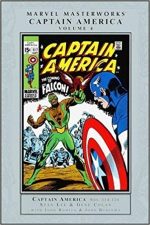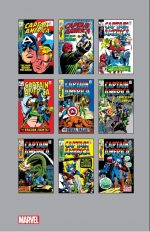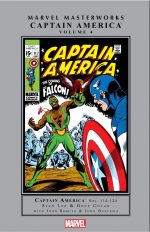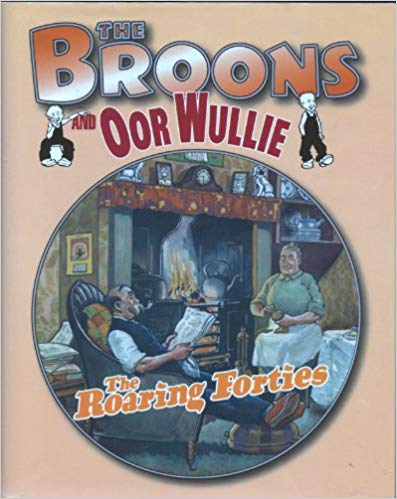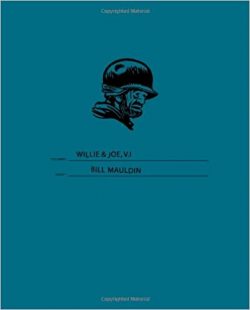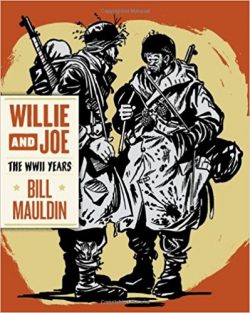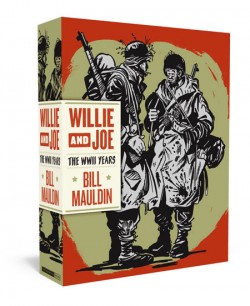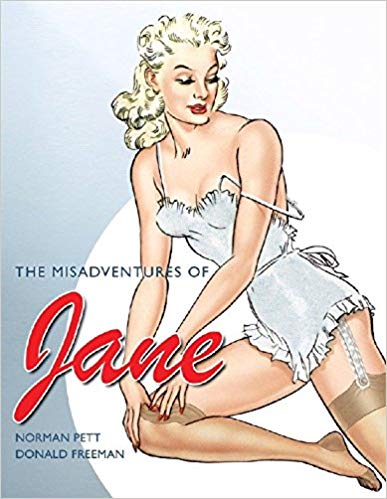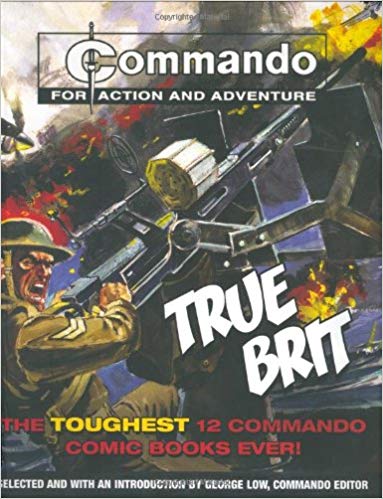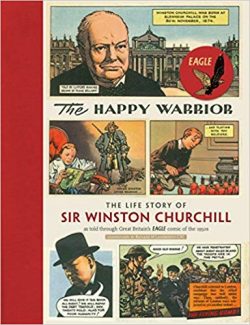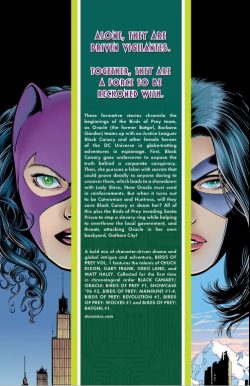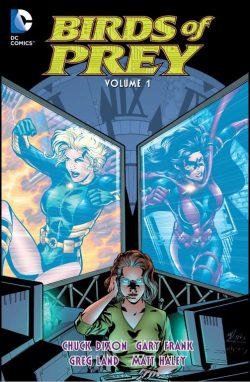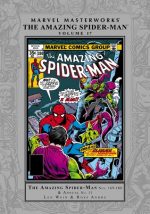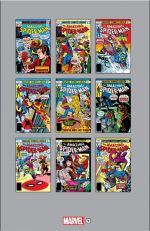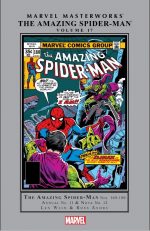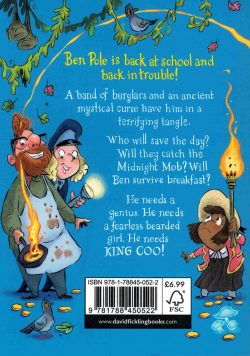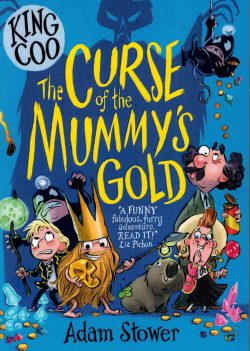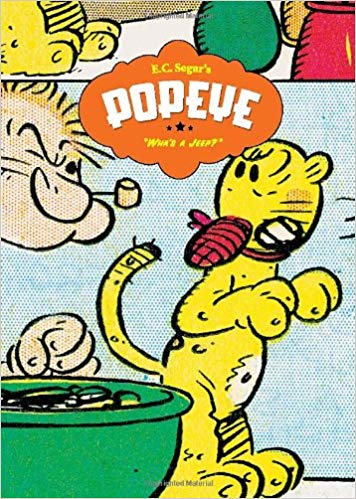
By Elzie Crisler Segar (Fantagraphics Books)
ISBN: 978-1-60699-404-7 (HB)
Elzie Crisler Segar was born in Chester, Illinois on 8th December 1894. His father was a handyman and Elzie’s early life was filled with the types of solid, earnest blue-collar jobs that typified his generation of cartoonists. The younger Segar worked as a decorator and house-painter and played drums, accompanying vaudeville acts at the local theatre. When the town got a movie house, he played for the silent films, absorbing the staging, timing and narrative tricks from the close observation of the screen that would become his greatest assets as a cartoonist. It was while working as the film projectionist, aged 18, he decided to become a cartoonist and tell his own stories.
Like so many others of that “can-do†era, Segar studied art via mail, in this case W.L. Evans’ cartooning correspondence course out of Cleveland, Ohio (from where Jerry Siegel & Joe Shuster would launch Superman upon the world), before gravitating to Chicago where he was “discovered†by Richard F. Outcault – arguably the inventor of newspaper comic strips with The Yellow Kid and Buster Brown.
The senior artist introduced him around at the prestigious Chicago Herald. Still wet behind the ears, Segar’s first strip, Charley Chaplin’s Comedy Capers, debuted on 12th March 1916. In 1918 he married Myrtle Johnson and moved to William Randolph Hearst’s Chicago Evening American to create Looping the Loop. Managing Editor William Curley saw a big future for Segar and promptly packed the newlyweds off to the Manhattan headquarters of the mighty King Features Syndicate.
Within a year Segar was producing Thimble Theatre, which launched December 19th 1919 in the New York Journal. In its earliest incarnation the strip was a pastiche/knock off of Movie features like Hairbreadth Harry and Midget Movies, with a repertory cast to act out comedies, melodramas, comedies, crime-stories, chases and especially comedies for huge daily audiences. The core cast included parental pillars Nana and Cole Oyl, lanky daughter Olive, diminutive-but-pushy son Castor and Olive’s plain and simple occasional boyfriend Horace Hamgravy (later just Ham Gravy).
In 1924, Segar created a second daily strip. The 5:15 was a surreal domestic comedy featuring weedy commuter and would-be inventor John Sappo and his formidable wife Myrtle (surely, no relation?).
A born storyteller, Segar had from the start an advantage even his beloved cinema couldn’t match. His brilliant ear for dialogue and accent shone out from his admittedly average melodrama adventure plots, adding lustre to stories and gags he always felt he hadn’t drawn well enough. After a decade or so – and just as cinema caught up with the introduction of “talkies†– he finally discovered a character whose unique sound and individual vocalisations blended with a fantastic, enthralling nature to create a literal superstar.
Popeye the sailor, brusque, incoherent, plug-ugly and stingingly sarcastic, shambled on stage midway through nautical adventure ‘Dice Island’, (on January 17th 1929: see E.C. Segar’s Popeye volume 1: “I Yam What I Yam!â€) and once his very minor part was played out, simply refused to leave. Within a year he was a regular and as the strip’s circulation skyrocketed, he became the star. Eventually, the strip title was changed to Popeye and all of the old gang except Olive were consigned to near-oblivion…
Popeye inspired Segar. The near decade of thrilling mystery-comedies which followed revolutionised the industry, laid the groundwork for the entire superhero genre (sadly, usually without the leavening underpinnings of his self-aware humour) and utterly captivated the whole wide world.
These superb oversized (almost 260 mm by 372mm) hardback collections are the ideal way of discovering or rediscovering Segar’s magical tales. Over and above the increasingly incredible tales from the daily and Sunday strips, this vibrantly enticing fifth volume also contains an insightful introductory essay from Richard Marschall – ‘Character and Personality in Thimble Theatre’ – a captivating article of the period (‘Segar’s Hobbies Put Punch in Popeye Comics’) reprinted from Modern Mechanix and Inventions, plus a fascinating end-piece covering assorted original art teasers editors used to promote upcoming tales in the magical days before television or viral ad campaigns.
The monochrome Monday to Saturday section opens this volume, (covering July 25th 1935-December 12th 1936), encompassing one-and-a-half major storylines, and begins with the eagerly-anticipated conclusion of ‘Popeye’s Ark’, wherein our bold sailor-man carries out an ambitious plan to set up his own country of Spinichovia. The incredible scheme is funded by misogynist millionaire Mr. Sphink who insists that the new country be absolutely without women, and Popeye goes along with it, recruiting a host of disaffected guys looking for a fresh start…
Soon however, the thousands of able-bodied men populating the country are starving for any kind of female companionship: – even Olive Oyl, currently exiled on an island of her own. Things get very strange when the lonely Spinichovians discover a tribe of mermaids frolicking off the coast, but romance is soon forgotten when Brutian despot King Zlobbo decides the new nation must be his in ‘War Clouds’.
To scout out potential opposition, Zlobbo dispatches enticing spy Miss Zexa Peal, but as the most beautiful woman in the country – and comprising 50% of Spinichova’s female population – she isn’t exactly inconspicuous…
When war breaks out, it results in Popeye’s greatest victory – with just a little excessively violent help from feisty “infink†baby Swee’ Pea…
By the conclusion of that epic tale all the players have returned to America, just in time for the introduction of the star of this tome.
‘Eugene the Jeep’ debuted on March 20th 1936: a fantastic 4th dimensional beast with incredible powers that Olive and Wimpy use to get very rich, very quickly, only to lose it all betting on the wrong guy in another of Segar’s classic and hilarious set-piece boxing matches between Popeye and yet another barely-human pugilist…
These tales come from an astonishingly fertile period for the strip’s long history. On August 4th, Eugene was instrumental in kicking off another groundbreaking and memorable sequence as the entire ensemble cast took off on as haunted ship to undertake ‘The Search for Popeye’s Papa’.
When Popeye first appeared, he was a shocking anti-hero. The first Superman of comics was not a comfortable icon to idolise. A brute who thinks with his fists and doesn’t respect authority; uneducated, short-tempered, fickle (when hot tomatoes batted their eyelashes – or thereabouts – at him), a gambler and troublemaker, he wasn’t welcome in polite society… and he wouldn’t want to be.
Popeye was the ultimate working-class hero: raw and rough-hewn, practical, but with an innate and unshakable sense of what’s fair and what’s not. He was a joker who wants kids to be themselves, but not necessarily “goodâ€, and a man who takes no guff from anyone.
Of course, as his popularity grew, he somewhat mellowed. He was always ready to defend the weak and had absolutely no pretensions or aspirations to rise above his fellows. He was and will always be “the best of usâ€â€¦ but the shocking sense of unpredictability, danger and anarchy he initially provided was sorely missed by 1936 – so Segar brought it back again…
This memorably riotous tale introduced ancient, antisocial crusty reprobate Poopdeck Pappy and his diminutive hairy sidekick Pooky Jones during another fabulous voyage of discovery. The elder mariner was a rough, hard-bitten, grumpy brute quite prepared and even happy to cheat, steal or smack a woman around if she stepped out of line…
Once that old goat was firmly established, Segar set Popeye and Olive the Herculean task of ‘Civilizing Poppa’ which is where the monochrome adventures here conclude…
The full-colour Sunday pages in this volume span April 4th 1935 to September 13th 1936, and see the bizarrely entertaining Sappo (and mad scientist lodger Professor O.G. Wotasnozzle) supplemental strip gradually diminish to allow the Popeye feature even more room to excel and amaze.
Eventually Sappo became a cartooning tricks section allowing Segar to play graphic games with his readership. Popeye’s Cartoon Club also disappeared, as the focus inexorably shifted to Popeye and Co. in alternating one-off gag strips and extended sagas. However, the Sailor-Man had to fight for space with his mooching co-star J. Wellington Wimpy…
When not beating the stuffing out of his opponents or kissing pretty girls, Popeye pursued his flighty, vacillating and irresolute Olive Oyl with exceptional verve, if little success, but his life was always made more complicated whenever the unflappable, so-corruptible and adorably contemptible Wimpy made an appearance.
The engaging Micawber-like coward, moocher and conman was first seen on 3rd May 1931 as an unnamed and decidedly partisan referee in one of Popeye’s regular boxing matches. The scurrilous but ever-so-polite oaf obviously struck a chord and Segar gradually made him a fixture. Eternally hungry, always eager to take a bribe and a cunning coiner of many immortal catchphrases such as “I would gladly pay you Tuesday for a hamburger today†and “let’s you and him fightâ€, Wimpy was the perfect foil for a simple action hero and often stole the entire show.
Infinitely varying riffs on Olive’s peculiar romantic notions or Wimpy’s attempts to cadge food or money for food were irresistible to the adoring readership, but Segar wisely peppered the Sundays with longer episodic tales, such as the cast’s gold-prospecting venture to the inhospitable western desert of ‘Slither Creek’ (April 14th – August 25th 1935) and a sequel sequence wherein the temporarily wealthy but eternally starving Wimpy buys his own diner – the ultimate expression of blind optimism and sheer folly…
The uniquely sentimental monster Alice the Goon returned to the strip on February 23rd 1936, permanently switching allegiance and becoming nanny to rambunctious tyke Swee’ Pea. She was a cast regular by the end of April.
August 9th saw Eugene the Jeep make his Sunday debut, and a few demonstrations of the fanciful beast’s incredible powers to make money and cause chaos fill out this fifth fantastic tome…
There is more than one Popeye. If your first thought on hearing the name is an unintelligible, indomitable white-clad sailor always fighting a great big beardy-bloke and mainlining tinned spinach, that’s okay: the animated features have a brilliance and energy of their own (even the later, watered-down anodyne TV versions have some merit) and they are indeed based on the grizzled, crusty, foul-mouthed, bulletproof, golden-hearted old swab who shambled his way into Thimble Theatre and wouldn’t leave. But they are really only the tip of an incredible iceberg of satire, slapstick, virtue, vice and mind-boggling adventure…
There is more than one Popeye. Most of them are pretty good and some are truly excellent. Don’t you think it’s about time you sampled the original and very best?
© 2011 Fantagraphics Books Inc. All comics and drawings © 2011 King Features Inc. All rights reserved.
